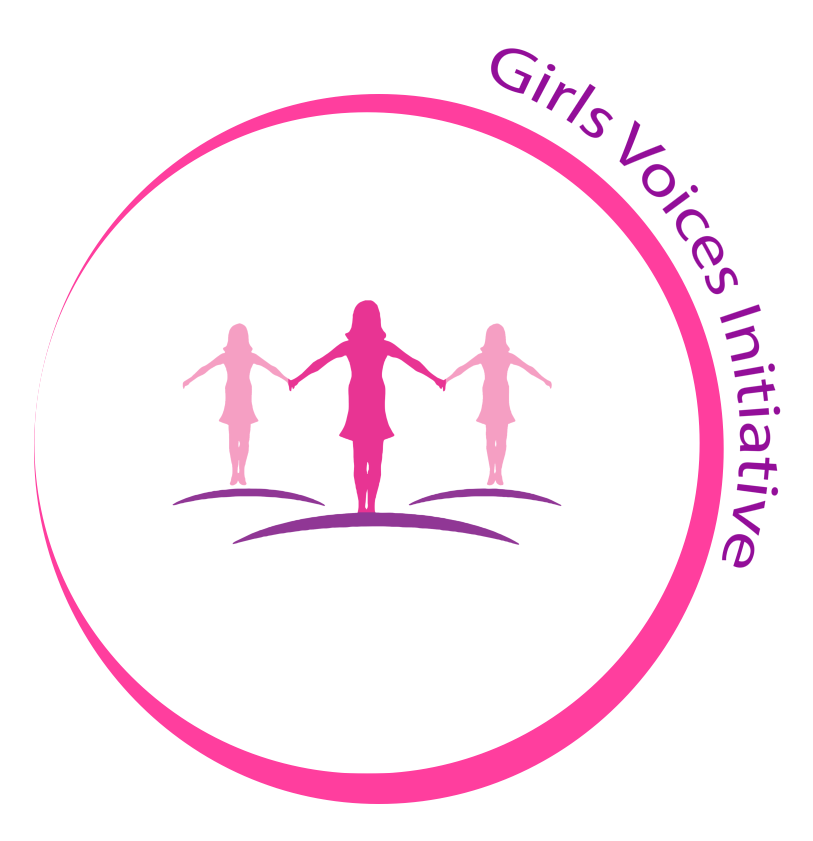
#TGAP2017
#TGAP #TechGirlsAdvocacyProgram
The Project, 'Tech Girls Advocacy Program' was launched in 2017 with support from the Global Fund for Women. The Project piloted a creative tech advocacy program to fuse a connection between our girls’ rights education and STEM education for girls while also exploring the potential for girls to use tech to amplify their advocacy to wide audiences.
The goal of the Project was to provide digital literacy training for girls, build girls creative skills using digital technology, media and the arts and provide a platform for girls to advocate for their rights through their creative skills. The target group of the project was unique in its focus on adolescent girls who were often a missing population in development conversations and interventions. The Project, 'Exploring Technology, Media And Arts As Tools To Promote Girl Advocacy', inspired our approach to position girls to target a wide audience with advocacy for girls' issues and equip the girls to use digital technology, film, photography, creative writing and art animation to make girls voices count. The girls were trained to advocate for their rights under 3 thematic areas: Gender-Based Violence, Child Early and Forced Marriage and Girls' Education. And facilitate their civic engagement via a film screening and techxibition event. And to promote their civic engagement on social media using the #Tech Girls Advocacy Program #TGAP Campaign to mobilize community action towards girls' issues.
The objectives of the project were to:
- Provide digital literacy training for girls
- Build girls creative skills using digital technology, media and the arts.
- Train girls to advocate their issues using digital technology, digital media and art skills.
- Explore creative solutions to girls' issues
- Provide a platform for girls to advocate their issues through their creative skills
The project trained 50 schoolgirls from 10 public secondary schools: Government Secondary School Apo, Government Secondary School Bwari, Government Girls Secondary School Dutse, Government Secondary School Garki, Government Secondary School Kuje, Government Secondary School Lugbe, Government Secondary School Nyanya, Government Secondary School TudunWada, and Government Day Secondary School Wuse 2, Abuja. And the girls were facilitated to develop various technology outputs and resources, leading girls’ rights advocacy through their resources, including a website that was developed by the coders, colourful animation illustrations developed by the digital art/illustration students, short stories and poems written and delivered by the creative writers (and filmed by the filmmaking students), and pictures and videos produced by the photography and filmmaking students. The remarkable technology outputs and resources from the girls confirmed the huge potential that girls possess to lead their advocacy when equipped with the digital skills and knowledge of their rights. Check out the pictures and videos from the project!
